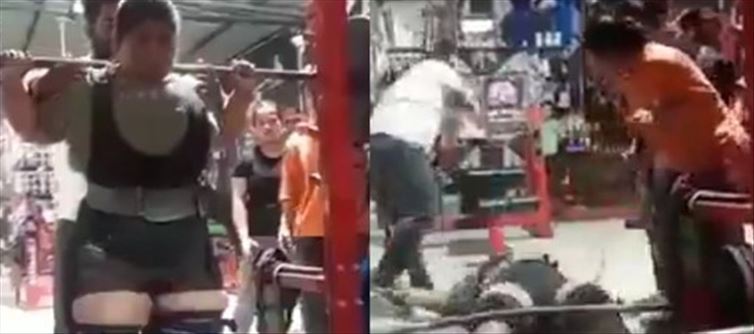
According to reports, acharya was rushed to the hospital right away, where medical professionals pronounced her dead. The trainer was forcing Yashtika to lift weights in the gym when the accident occurred, according to the authorities. The trainer was also slightly hurt in the collision.
The family has not yet submitted a case. The body was presented to the family on wednesday following the post-mortem as well. On social media, a video of the event has also gone viral. Last year, Yashtika won a gold medal in the Sub-Junior 84kg and above division at the National Bench press Championship in Goa.
Squatting, bench pressing, and deadlifting are the three exercises in powerlifting, a competitive strength sport that involves three tries at maximum weight. Olympic weightlifters try to lift a barbell laden with weight plates at their maximum weight in a single lift.
To improve their performance in the three competition lifts, powerlifters engage in weight training. Powerlifting also uses a variety of weight training regimens. Although there is debate over the scientific basis of these training techniques, many powerlifting regimens also make use of sports science principles. Additionally, training differs from bodybuilding and weightlifting in that bodybuilding places more emphasis on volume and hypertrophy, while weightlifting places more emphasis on power generation.
Strength training in the ancient Mayan and Persian civilizations is where the sport got its start. The concept originated in ancient Greece, where men demonstrated their strength and manhood by lifting stones. The 1950s saw the birth of contemporary sport in the united states and the United Kingdom.
Over time, the sport's regulations have also changed and advanced. The sumo deadlift, in which the athlete's foot position is outside their grasp position, is now permitted by the majority of federations.




 click and follow Indiaherald WhatsApp channel
click and follow Indiaherald WhatsApp channel